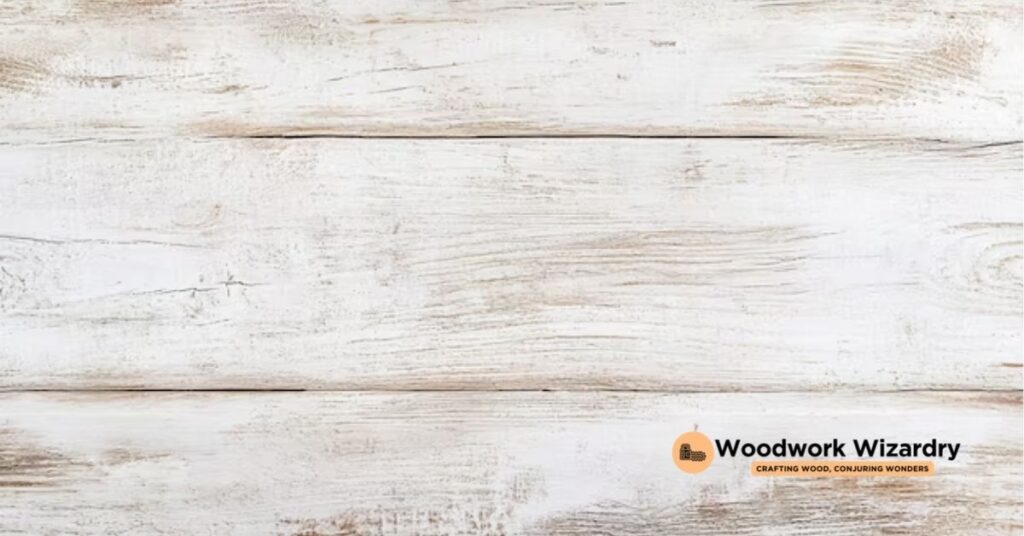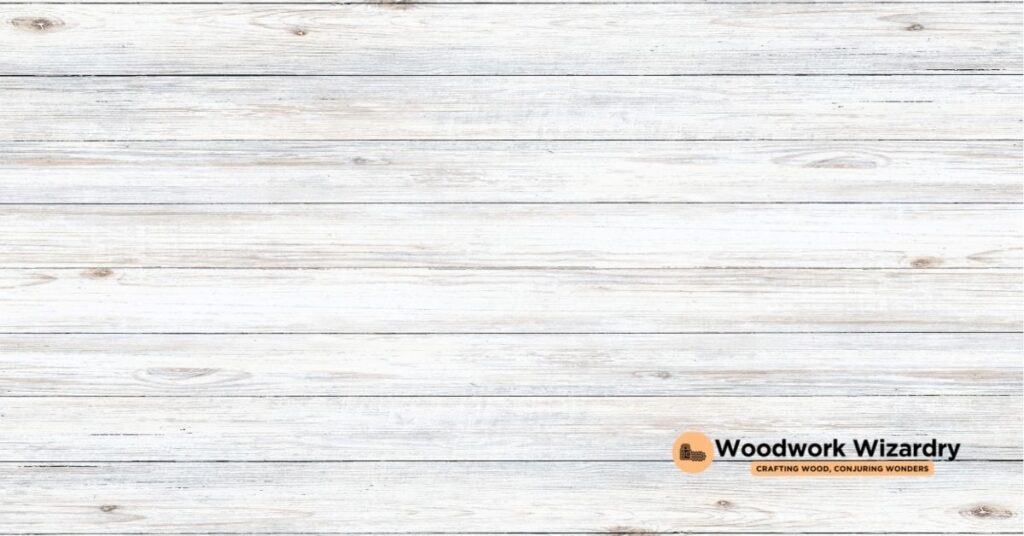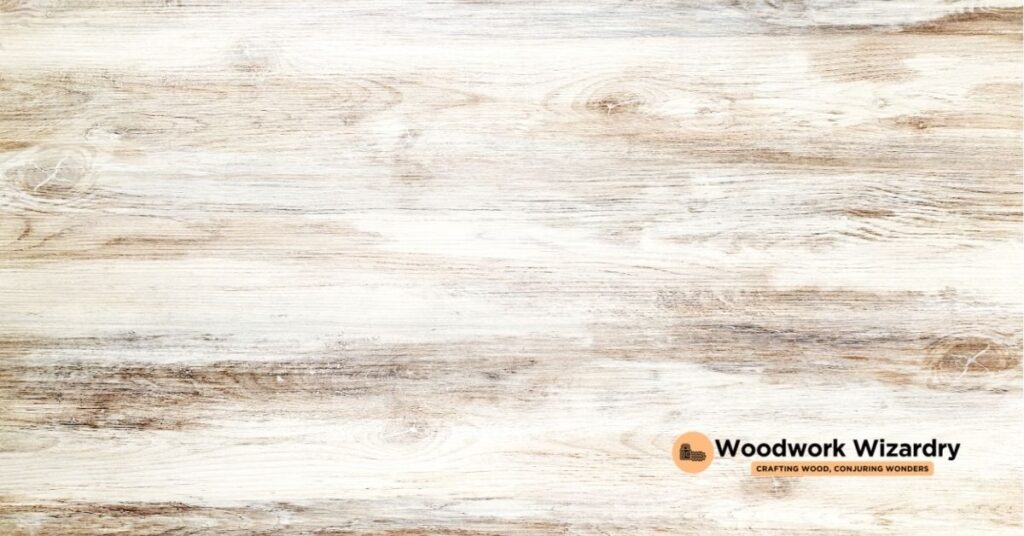Have you ever wondered which natural wood stands out as the whitest of them all? Whether you’re designing a bright, minimalist space or crafting a stunning piece of furniture, finding the perfect wood with a naturally light hue can make all the difference. The whitest natural wood isn’t just about aesthetics—it’s about creating a clean, timeless look that radiates elegance and simplicity.
Imagine the beauty of a wood so pale and pure it almost feels luminous. It brings warmth without overwhelming your space, blending seamlessly with any style. If you’re ready to discover the whitest natural wood and how it can transform your projects, you’re in the right place. This guide will reveal the answer and why this unique wood is a favorite among designers and craftsmen alike.
What Is The Whitest Natural Wood?

Aspen is often recognized as the whitest natural wood. It features a pale and uniform appearance that enhances bright, airy designs. This wood is popular for its adaptability in furniture and interior spaces.
Basswood is another contender, known for its soft, creamy-white surface. Its subtle grain patterns make it suitable for creating minimalistic and modern styles.
Holly wood stands out with its almost paper-white tone, making it a favorite for fine inlays and decorative elements. Its rarity and premium look make it a unique choice for precision projects.
Poplar wood, although slightly less white, still achieves a light and fresh aesthetic. It is widely available and frequently used for painted finishes or budget-conscious designs.
The selection depends on the wood’s visual quality, availability, and exact application requirements.
Characteristics Of White Wood

White wood varieties, like Aspen, Basswood, Holly, and Poplar, stand out for their unique features. Each type offers exact advantages that cater to different design and construction needs.
Color And Texture
Aspen wood exhibits a pale, uniform color with a smooth texture, improving modern and minimalistic designs. Basswood presents a creamy-white hue paired with subtle, fine grain patterns, making it visually appealing for intricate finishes. Holly wood is nearly paper-white and has a dense, fine texture that suits decorative applications. Poplar, known for its light-toned surface, shows slightly green or yellow undertones and a straight grain, ideal for painted projects.
Durability
Aspen is moderately soft but resists warping and splitting, suitable for decorative and interior use. Basswood offers a lightweight yet stable structure, often chosen for carvings and indoor furniture. Holly is dense and durable but prone to cracking without proper care, best reserved for fine detailing. Poplar, while not as hard, delivers versatility and affordability in structural and painted furnishings.
Availability And Cost
Aspen remains widely available in North America, making it an accessible and cost-effective option for many projects. Basswood is commonly sourced and priced affordably, especially for create and specialty applications. Holly’s rarity drives up its cost, limiting its use to premium projects or small-scale decorative work. Poplar is one of the most abundant woods, offering a budget-friendly choice for economical but visually appealing finishes.
Examples Of The Whitest Natural Wood

Whitest woods are highly valued for their unique aesthetic and ability to create bright, elegant designs. Among these, Aspen, Holly, and Basswood stand out as the palest natural wood options.
Aspen Wood
Aspen wood appears as the whitest natural wood, celebrated for its pale, uniform color. Its smooth texture and subtle grain give it a clean, refined appearance. Furniture makers often choose Aspen for decorative pieces, paneling, or bright interiors. This wood is moderately soft, making it easy to work with but less durable for heavy use. Aspen is widely available and more affordable than rarer white woods, making it a practical option for most projects.
Holly Wood
Holly wood is renowned for its paper-white tone, one of the lightest shades among all woods. Its dense texture makes it perfect for intricate inlays and fine detailing in decorative designs. Due to its rarity, Holly is typically reserved for premium projects, such as luxury furnishings or specialty veneers. While beautiful, it can be prone to cracking when worked, requiring skilled handling. Though Holly’s cost is higher than more common woods, its exceptional appearance justifies its appeal for select uses.
Basswood
Basswood rivals Aspen with its creamy-white tone and fine, subtle grain patterns. This soft, lightweight wood is a favorite for crafting intricate carvings, moldings, or painted surfaces. Its uniform appearance complements minimalistic and modern styles effectively. Compared to Holly, Basswood is more accessible and budget-friendly, yet it still offers an elegant aesthetic. Its availability makes it a versatile choice for various design applications, including cabinetry and trim work.
How To Choose The Right White Wood

Selecting the right white wood involves understanding its qualities and how it fits your design or project needs. Consider the wood’s appearance, practicality, and cost when making your decision.
Factors To Consider
Focus on color if creating a bright, clean aesthetic. Aspen wood offers a pale, uniform tone, while Basswood provides a creamy-white finish with subtle grain patterns. Holly wood, known for its paper-white appearance, stands out for fine detailing but is less accessible due to cost. Poplar, though slightly darker, works well in painted or light-stained applications.
Evaluate texture and durability for functionality. Aspen features a smooth surface and moderate softness, making it ideal for decorative purposes. Basswood’s fine grain allows for precision in carvings and detailed work. Holly’s dense texture enables intricate inlays but may crack under stress. Poplar’s straight grain balances aesthetics, versatility, and affordability.
Compare availability and cost depending on your budget and scale. Aspen and Basswood are widely accessible and reasonably priced, making them practical choices. Holly’s rarity and premium price limit its use to custom or high-end projects. Poplar offers an economical option, especially for painted finishes.
Applications And Usage
Use Aspen wood in decorative pieces or to brighten interiors. Its light color and clean look complement minimalist and modern designs. Basswood suits projects requiring carving, furniture crafting, or paneling, offering an affordable yet attractive outcome. Holly is perfect for luxury items, fine inlays, and ornamental elements, emphasizing precision and high-quality finish. Poplar works well for painted furniture and cabinetry, maximizing a light aesthetic at a lower cost.
Each white wood type contributes unique characteristics to projects, enabling you to align function and design priorities effortlessly.
Conclusion
Choosing the whitest natural wood depends on your design goals, budget, and project requirements. Whether you’re drawn to Aspen’s smooth, pale surface, Holly’s rare paper-white tone, or Basswood’s creamy elegance, each option offers its own charm and versatility. By understanding their unique characteristics, you can select the perfect wood to enhance your space with a bright, refined aesthetic.







